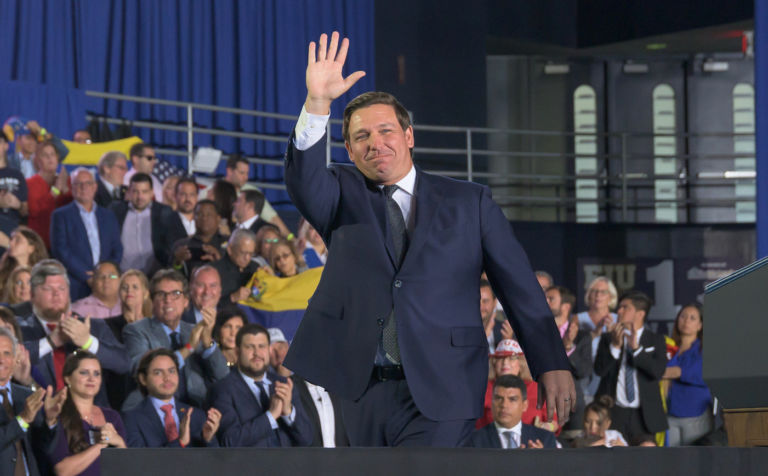Michael Van Beek writes for Real Clear Policy about the absence of lockdowns in governments’ most recent responses to the coronavirus.
Where have all the lockdowns gone? Despite a record-shattering rise in COVID-19 cases, America’s governors are refusing to issue stay-at-home orders, business closures and other draconian measures popular in the pandemic’s first year. Elected leaders are instead relying on recommendations, not coercion, and no wonder: Lockdowns have been proven to be a failed policy.
Governors, especially Democrats, have come a long way. It wasn’t so long ago when they told us lockdowns were the “expert” option and essential to saving lives. When cases and hospitalizations declined at various points in 2020, they quickly attributed this to their wisdom of shutting down daily life. Moreover, they savaged leaders like Florida Gov. Ron DeSantis, Texas Gov. Greg Abbott, South Dakota Gov. Kristi Noem, and others for criticizing lockdowns and swiftly lifting statewide mandates. Fast forward, and virtually every governor has embraced the approach of letting individuals determine how best to manage the risks presented to them by COVID-19.
Michigan’s Gov. Gretchen Whitmer is a case in point. A Democrat and former hardliner on lockdowns — issuing one of the strictest in the country in spring 2020 and then ordering another one later in the same year — Whitmer has resisted statewide orders despite record infections. After saying that a state shutdown was “informed by the best science” in 2020, by mid-2021 she was thumbing her nose at federal officials for recommending more lockdowns and even suggesting she might never issue such an order again.
Whitmer is far from the only Democratic governor to have a change of heart. Colorado’s Jared Polis declared the COVID-19 emergency over, saying it’s not the state’s role to force people to do things like wear masks, despite previously championing lockdowns. Gov. Tom Wolf, who issued lengthy lockdowns only for Pennsylvania voters to curtail his emergency powers, now says the best way to stop COVID-19 is to trust individuals to protect themselves.


